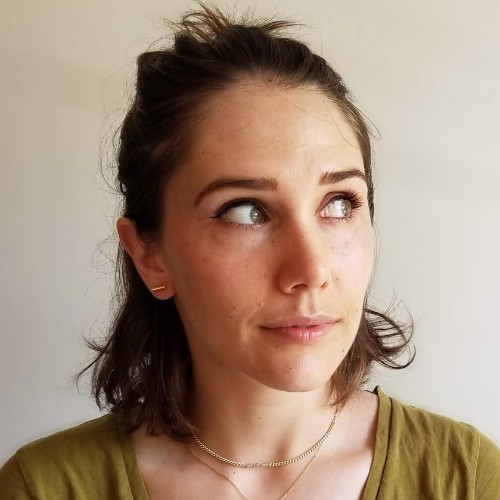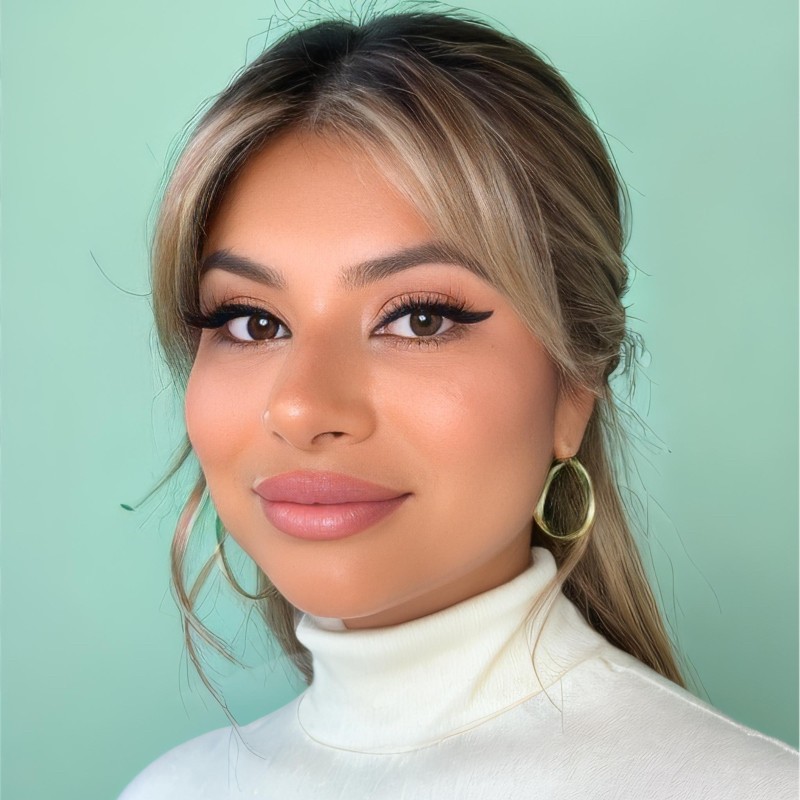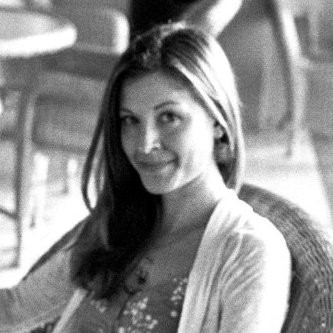OpenAir • Lead UX Researcher + Product Designer
Community Application
Problem
Modern lifestyles often lead to monotonous routines with limited socialization and exploration. Many people, especially those working remotely, are stuck in cyclical lifestyles or are frozen in place of doom scrolling. Most people limit their social engagements and activities to the known and rarely go outside of their social circles. It can be hard to try something new, especially when the users may not look like you. As a team, we sought to create a solution that would achieve two main goals: get people out of the house and help them find new passions and friends.
The solution? An app that connects people to local experts in their city so they can take classes, learn from, and form a community.

John Armistead
Lead UX Researcher
Product Designer

Jenne Parlato
Lead Designer

Ligia Erazo
Founder
CEO

Kyra Weinkle
Chief Operating Officer








